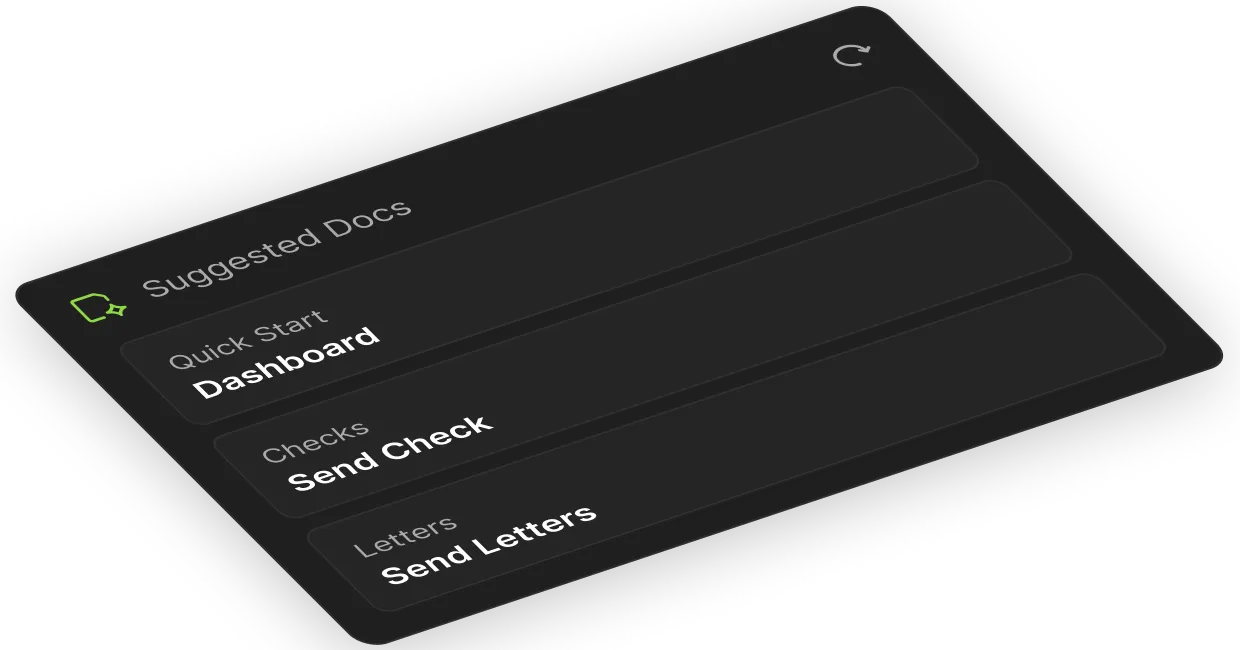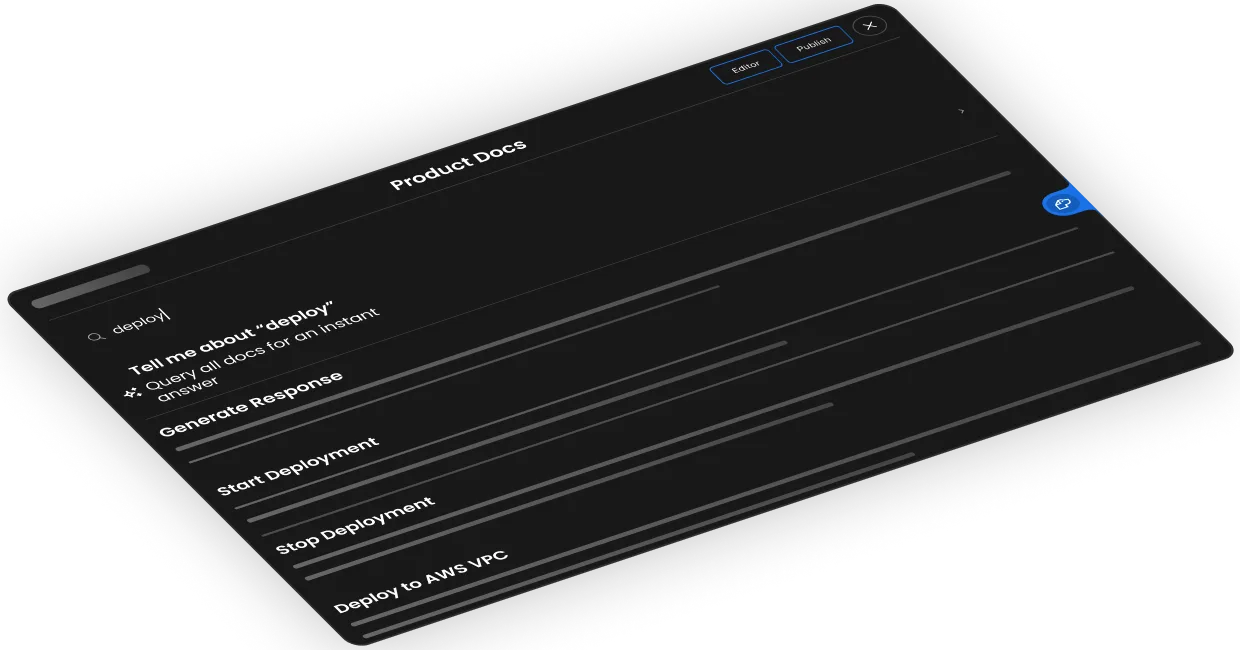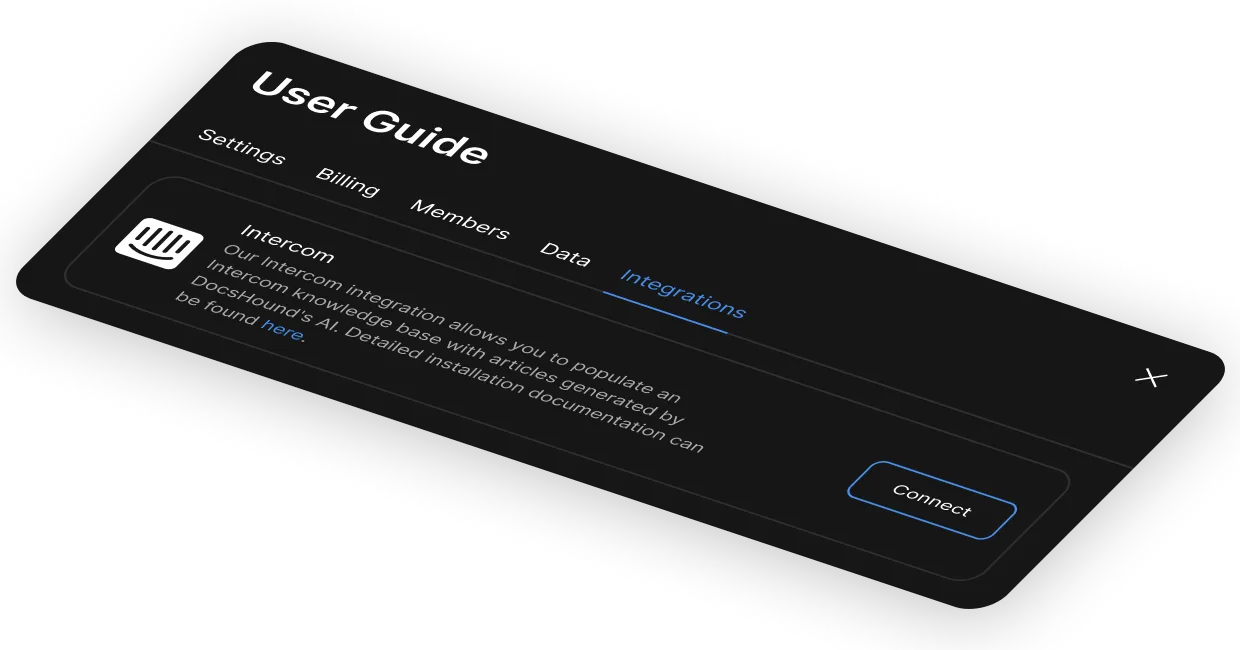Measure documentation completeness with quantifiable metrics that pinpoint exactly where improvements deliver maximum value
Our intelligence system evaluates your entire knowledge base, scoring sections based on usage patterns, completeness, and user satisfaction signals.









